Menstrual Fluid Composition and Volume
Menstrual flow isn’t pure blood – it’s a mix of uterine lining (endometrium), blood, cervical/vaginal mucus and fluid. In fact about half of menstrual fluid is blood and the rest is tissue and secretions from the uterus and cervix en.wikipedia.org. The color is typically dark red/brown because of this mix.
-
Volume per cycle: Most sources cite an average total loss around 30–40 milliliters (≈2–3 tablespoons) of blood per period. When all fluid is counted, one reference gives an average 35 mL (range 10–80 mL) en.wikipedia.org. For example, the UK NHS notes that about 20–90 mL (1–5 tablespoons) of blood is common in a period nhs.uk. A pediatric guideline (Australia) similarly defines >80 mL as heavy bleeding rch.org.au. In one clinical study using menstrual cups to collect all fluid, the mean cycle volume was 86.7 mL (range 15–271 mL)investigadores.uandes.cl – underscoring how widely individual flow can vary.
-
Typical range: Roughly 10–80 mL of total menstrual fluid is considered normal en.wikipedia.org. Flows at the low end (10–20 mL) might only lightly saturate a pad or tampon over several days, while flows above 80–100 mL are generally classed as heavy (menorrhagia) bpac.org.nzrch.org.au.
Daily Flow Patterns
Periods usually last about 4–6 dayscemcor.ubc.ca (often ~5 days) with an uneven daily loss. Bleeding tends to be heaviest on days 1–2 of the period and tapers off thereafter pubmed.ncbi.nlm.nih.gov. For example, one study found a median duration of 5 days, with the first three days containing most of the blood loss pubmed.ncbi.nlm.nih.gov.
-
Average per day: If a 35 mL total loss is spread over 5 days, the average is about 7 mL per day. In practice, a moderate flow might be ~10–15 mL on the first day, ~8–12 mL on day 2, then decreasing to a few milliliters by days 4–5. A heavier 80 mL period would average ~16 mL/day, with very heavy early days.
Light, Moderate and Heavy Flows
Menstrual flow is often described qualitatively. Clinically, heavy menstrual bleeding (HMB) is defined as blood loss >80 mL per cycle or bleeding longer than 7 days rch.org.aupubmed.ncbi.nlm.nih.gov. Normal “moderate” flow is roughly 30–50 mL per cycle (about 6–10 mL/day), while very light periods might be <30 mL overall (or <5 mL/day)pubmed.ncbi.nlm.nih.govcemcor.ubc.ca. For example:
-
Light flow: May involve only spotting or saturating ~1–2 tampons/pads per day. (By one clinical definition, research calls <5 mL per cycle “light,” though in practice light flow often means ≤30 mL per cycle).
-
Moderate flow: Typical menstrual flow often totals ~30–50 mL over the period. (This might be ~6–10 mL per day on average, requiring a fresh tampon/pad every 3–6 hours on heavy days.)
-
Heavy flow: Often means ≥80 mL per cyclebpac.org.nzrch.org.au. Symptoms of heavy flow include soaking a pad/tampon every 1–2 hours, passing large clots, or needing double protectionbpac.org.nz. For reference, normal bleeding (30–35 mL) is only about 1–7 soaked tampons/pads per periodcemcor.ubc.ca, whereas heavy flow (>80 mL) corresponds to 9–16 or more soaked products in one periodcemcor.ubc.ca.
Menstrual Products: Typical Capacities
Modern menstrual products have various capacities to match different flows:
-
Tampons: Absorbency varies by size. A “light” tampon holds roughly 3 mL, a “regular” about 5 mL, and a “super” around 12 mL of fluidhealth.clevelandclinic.org. (One doctor notes 3 mL for light, 5 mL regular, 12 mL superhealth.clevelandclinic.org.) In practice, a tampon that is fully soaked indicates that volume has been used.
-
Menstrual Cups: Most cups hold in the range of 20–30 mL. For example, the Lunette cup model 1 holds 25 mL and model 2 holds 30 mLstore.lunette.com. Lunette notes that a cup typically collects the same amount as about three medium tamponsstore.lunette.com. In general, a standard cup can often replace 2–5 tampons before needing to be emptied.
-
Menstrual Discs: Discs tend to have high capacity. For instance, Saalt’s menstrual discs come in 30 mL and 50 mL sizes (small/regular)saalt.com. (The small disc holds ~30 mL – about 3–4 tampons’ worth – and the regular holds ~50 mL – about 5–6 tampons’ worthsaalt.com.) Many disposable discs similarly advertise 30–50 mL capacities.
By comparison, the total menstrual flow over a cycle often exceeds one fill of a tampon or cup. An average cycle (~35 mL) is roughly 6–7 regular tampons. A heavy 80+ mL flow could fill three or more full-sized cups, or require over a dozen tampons, which is why high-capacity products (super tampons, cups, discs, or pads) are often recommended on heavy dayshealth.clevelandclinic.orgstore.lunette.com.
Guidelines and Clinical Standards
Health authorities define “normal” and “heavy” menstruation in similar ways internationally. For example, the UK’s NHS notes a typical blood loss of 20–90 mL per periodnhs.uk, and Australian pediatric guidelines flag >80 mL or >7 days as excessiverch.org.au. FIGO/NICHD research criteria likewise use 80 mL as the threshold for heavy bleedingpubmed.ncbi.nlm.nih.gov. The World Health Organization and gynecological literature generally consider 30–40 mL (2–3 tablespoons) to be average monthly blood lossnhs.uken.wikipedia.org.
In summary, an average menstrual cycle involves a few tablespoons of menstrual fluid, mostly expelled over the first few days. Light, moderate, and heavy flows are distinguished by total volume (and symptomatology) – with heavy flows often defined as >80 mLbpac.org.nzrch.org.au. When choosing products, compare their capacity (in mL) to your estimated flow: for example, a 30 mL cup equals about three regular tamponsstore.lunette.com, and a 50 mL disc equals ~5–6 tamponssaalt.com. Understanding these volumes can help in selecting the right menstrual products for your flow.
Sources: Authoritative obstetric/gynecologic references and studiesen.wikipedia.orgcemcor.ubc.carch.org.austore.lunette.comhealth.clevelandclinic.org. These include clinical guidelines (UK, AU), textbooks, and recent research on menstrual fluid volumes.


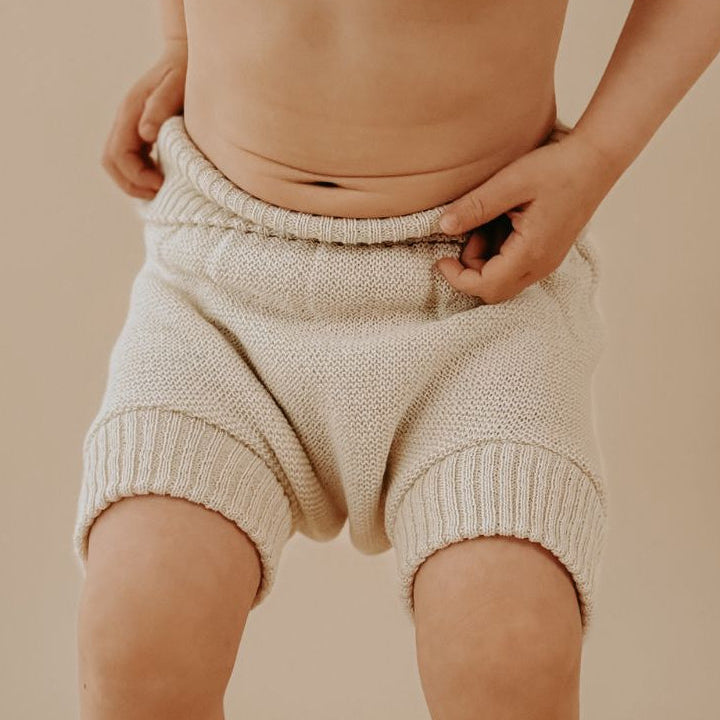
![Swim Nappy Bundle [Ship Oct 5 - 10] - Mimi & Co](http://mimiandco.com.au/cdn/shop/files/swim-nappy-bundle-ship-oct-5-10-5796576.jpg?v=1761125410)

![Toilet Training Undies Pants [Jan Preorder] - Mimi & Co](http://mimiandco.com.au/cdn/shop/files/toilet-training-undies-pants-jan-preorder-6316642.jpg?v=1766216229&width=1200)
![Reusable Bamboo Mimi™ Wipes [5 Pack] - Mimi & Co](http://mimiandco.com.au/cdn/shop/files/reusable-bamboo-mimi-wipes-5-pack-7600782.jpg?v=1761445103)



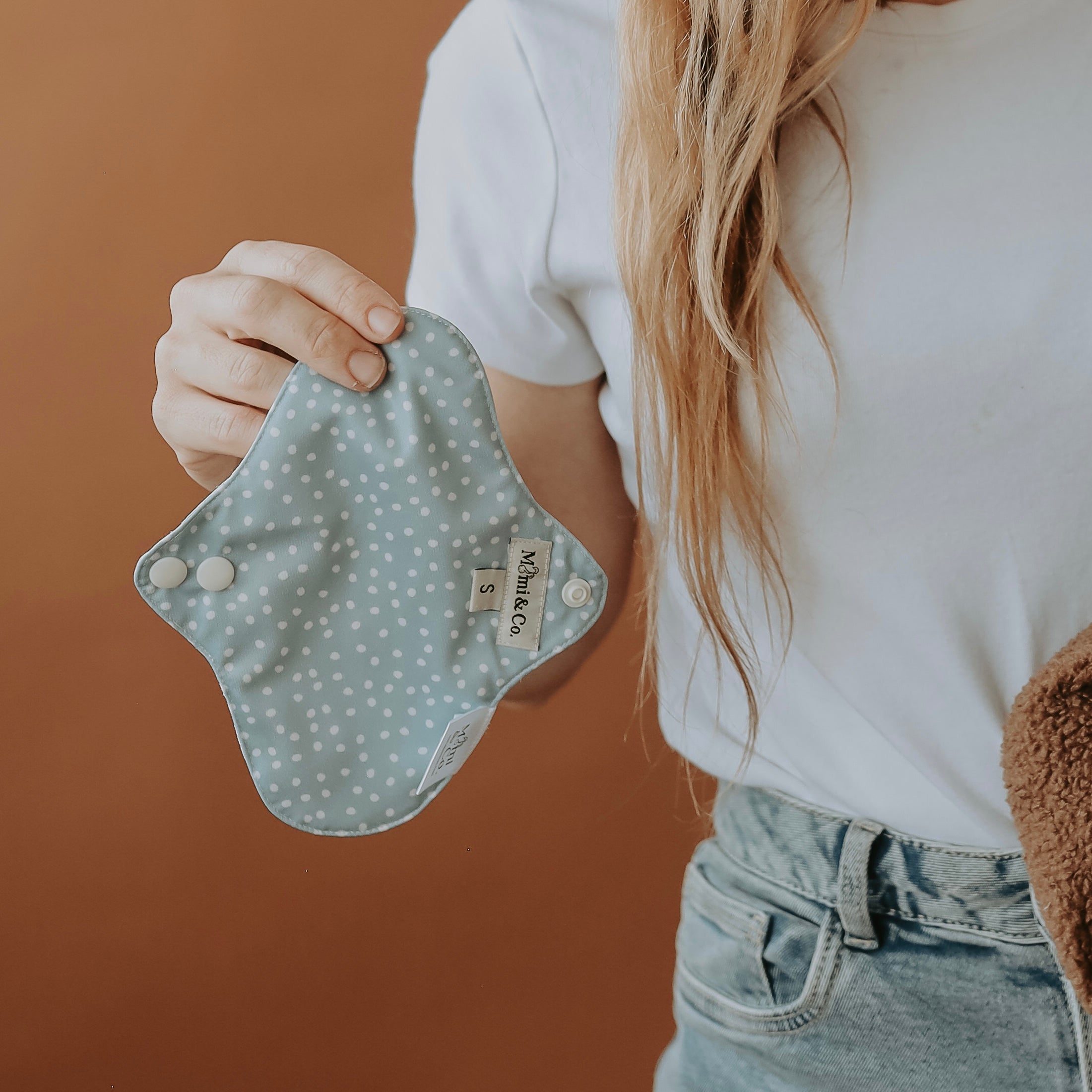
![Reusable Mimi® Menstrual Underwear [Shipping 31/9] - Mimi & Co](http://mimiandco.com.au/cdn/shop/files/reusable-mimi-menstrual-underwear-shipping-319-6508918.png?v=1759809525)






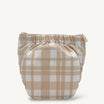
![One Size Fits Most Preflat [PreOrder] - Mimi & Co](http://mimiandco.com.au/cdn/shop/files/one-size-fits-most-preflat-preorder-761880.webp?v=1759809321&width=104)



![Toilet Training Undies Pants [Jan Preorder] - Mimi & Co](http://mimiandco.com.au/cdn/shop/files/toilet-training-undies-pants-jan-preorder-6316642.jpg?v=1766216229&width=104)



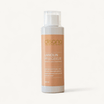



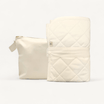


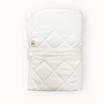


![Reusable Bamboo Wipes [5 Pack] - Mimi & Co](http://mimiandco.com.au/cdn/shop/files/reusable-bamboo-wipes-5-pack-580411.webp?v=1764820089&width=104)
![Organic Cotton Wipes [5 Pack] - Mimi & Co](http://mimiandco.com.au/cdn/shop/files/organic-cotton-wipes-5-pack-7079645.png?v=1759809401&width=104)
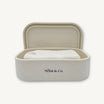
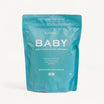



![Reusable Mimi® Menstrual Underwear [Shipping 31/9] - Mimi & Co](http://mimiandco.com.au/cdn/shop/files/reusable-mimi-menstrual-underwear-shipping-319-6508918.png?v=1759809525&width=104)
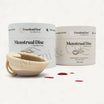
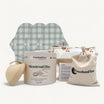
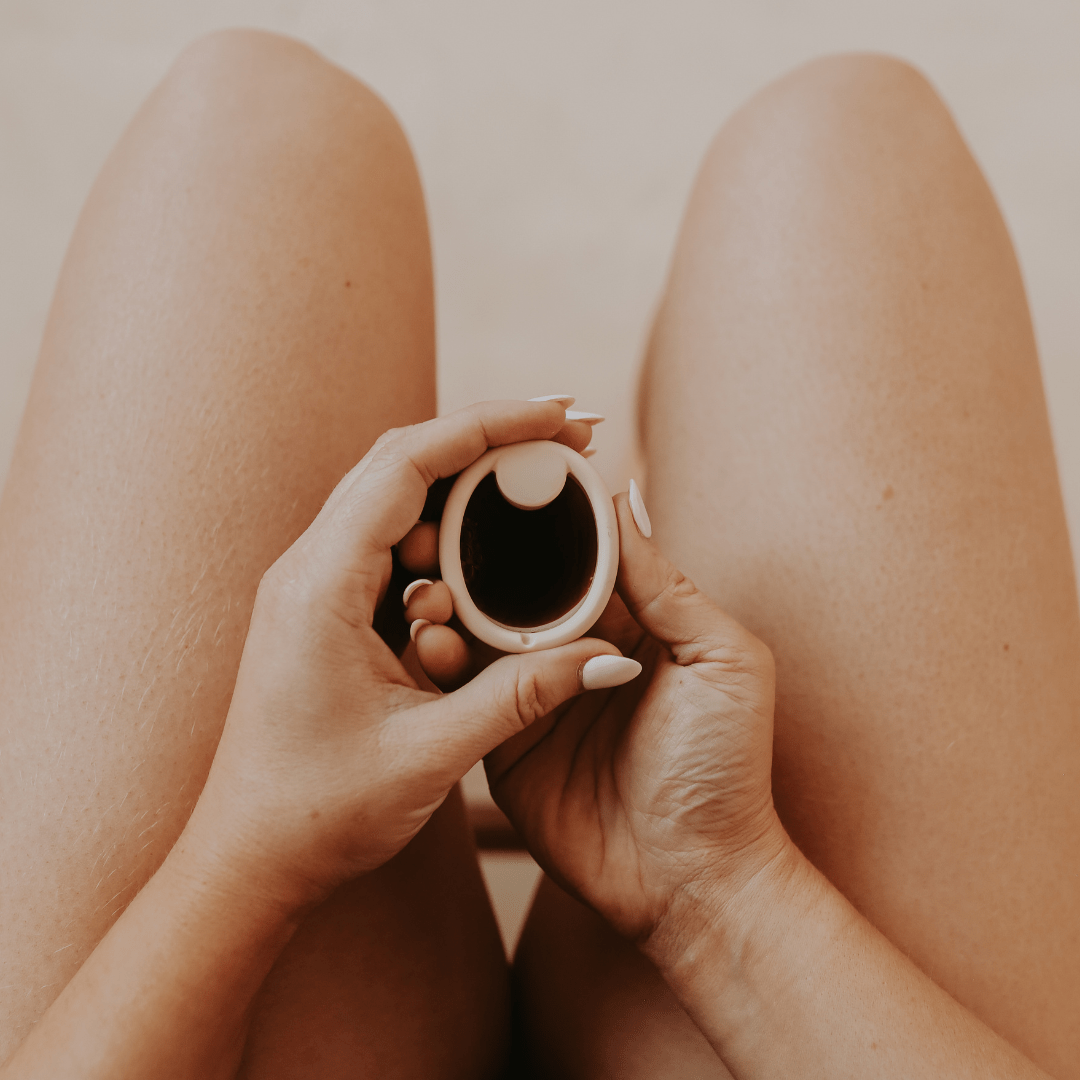


















Leave a comment
All comments are moderated before being published.
This site is protected by hCaptcha and the hCaptcha Privacy Policy and Terms of Service apply.